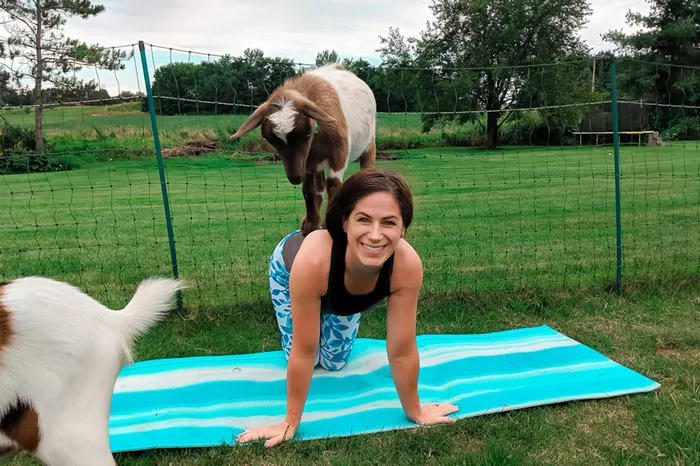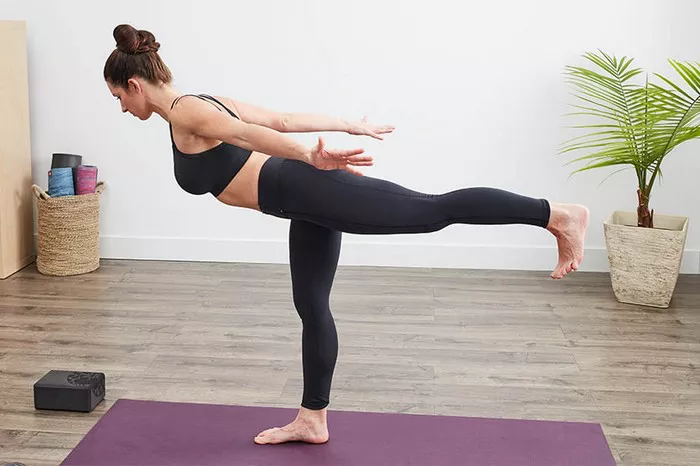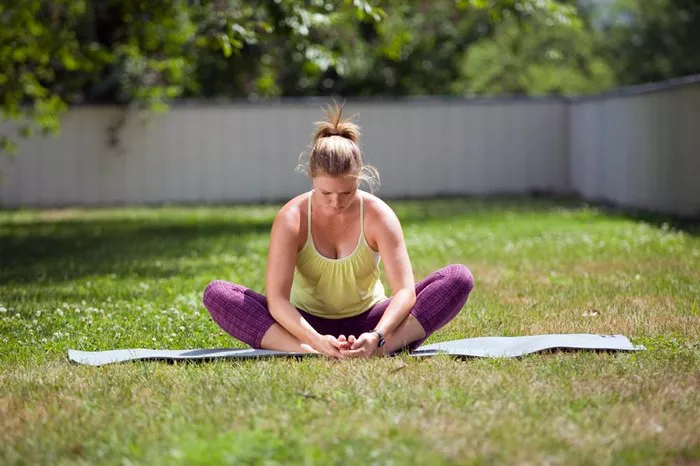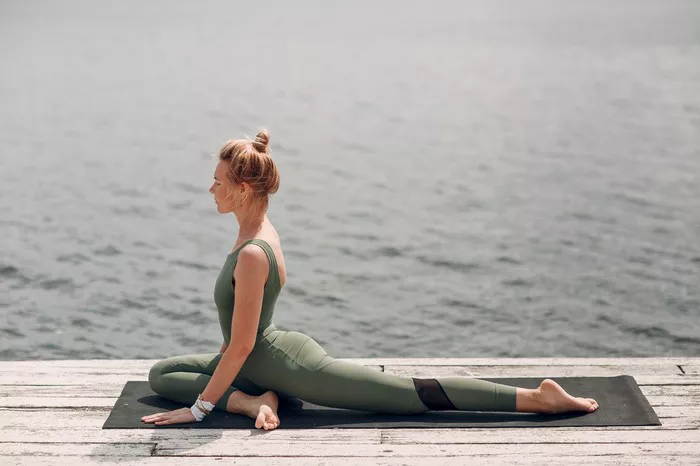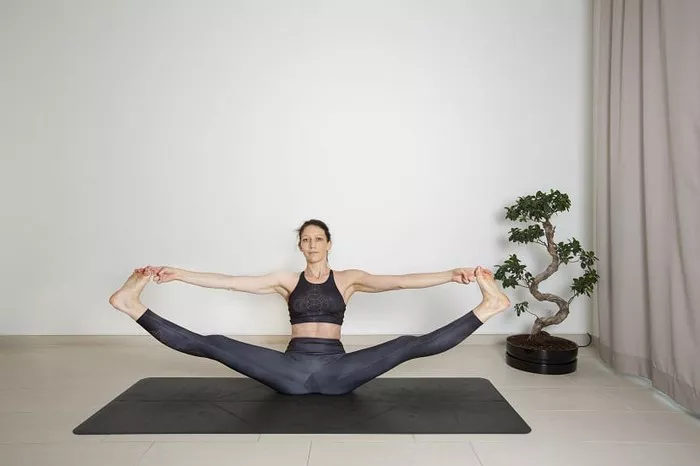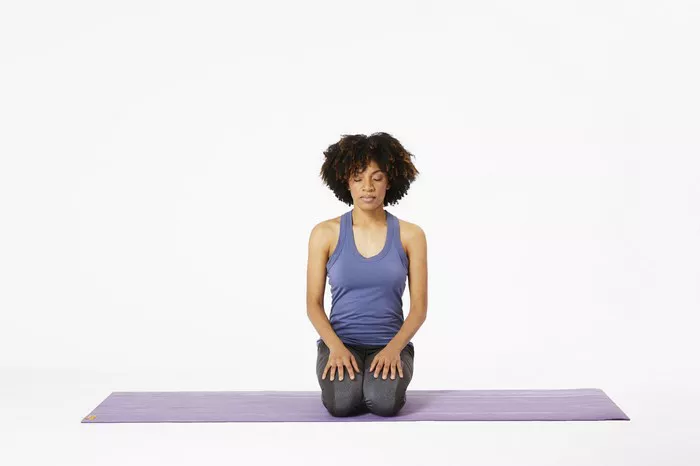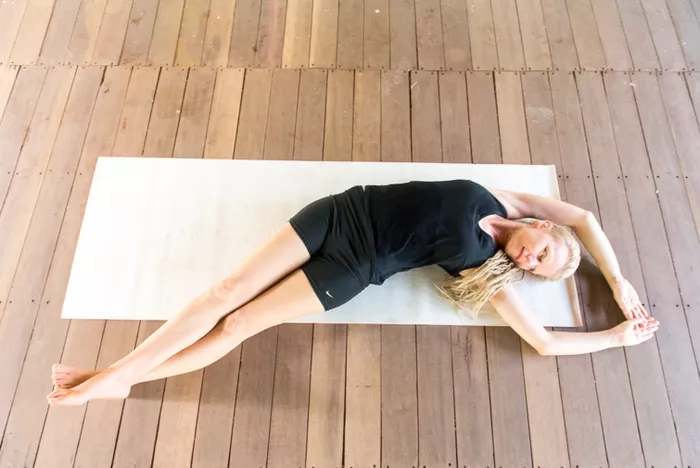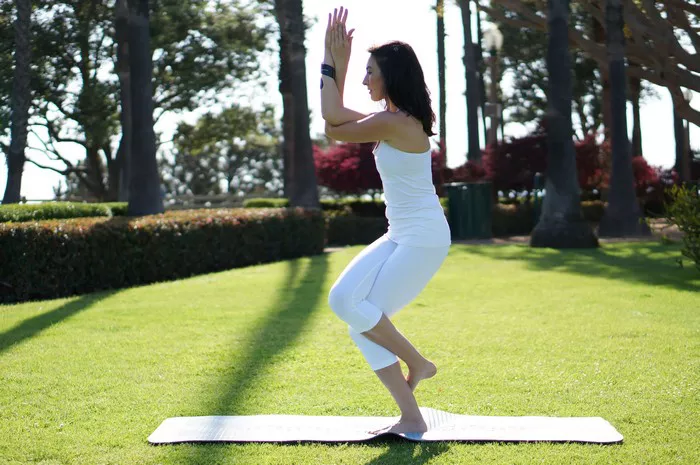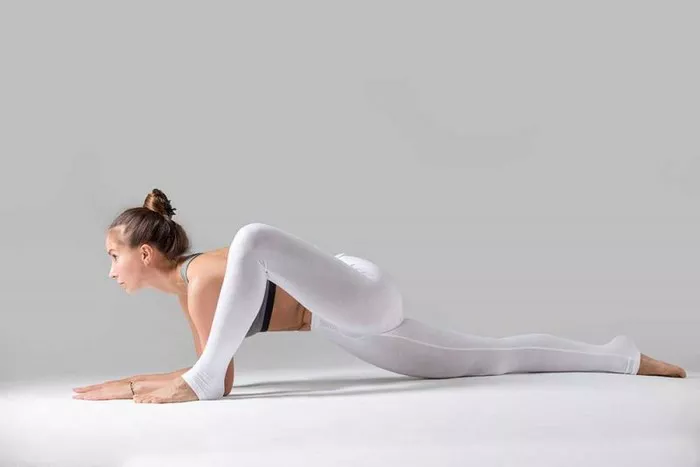Scoliosis is a condition characterized by an abnormal curvature of the spine, typically in an “S” or “C” shape. It can occur at any age, but it most commonly appears during the growth spurt just before puberty. Scoliosis can lead to a range of physical complications, such as uneven shoulders or hips, back pain, and limited mobility. In severe cases, it can also affect lung function by reducing space within the chest. Management often includes physical therapy, bracing, or surgery in more serious instances. Given these challenges, individuals with scoliosis frequently seek alternative and supportive therapies to alleviate discomfort and improve posture. One such method growing in popularity is chair yoga.
What Is Chair Yoga?
Chair yoga is a form of yoga that adapts traditional yoga poses to be performed while sitting on a chair or using a chair for support. This makes it an accessible option for individuals with limited mobility, balance issues, or those recovering from injuries. It includes breathing exercises, stretches, and gentle movements that are typically performed slowly and with control. While chair yoga may seem less intense than standard yoga practices, it offers many of the same benefits, such as increased flexibility, improved posture, better circulation, and reduced stress. For individuals with scoliosis, these benefits can be particularly valuable.
Why Consider Chair Yoga for Scoliosis?
People with scoliosis often experience muscle imbalances, pain, and fatigue due to the uneven curvature of the spine. Chair yoga offers a gentle, low-impact way to engage muscles, enhance flexibility, and encourage proper alignment. One of the key advantages is the controlled environment it provides, reducing the risk of falls or overexertion. With consistent practice, chair yoga may help strengthen the muscles that support the spine, improve breathing, and promote overall well-being. Additionally, it can be tailored to suit the individual’s specific curvature and limitations, making it a flexible and personalized approach to scoliosis care.
Benefits of Chair Yoga for People with Scoliosis
Chair yoga brings a variety of benefits to individuals managing scoliosis. These include:
- Improved Posture: Gentle stretching and strengthening exercises can help retrain the body to support a more aligned posture.
- Reduced Pain: Stretching tight muscles and engaging underused ones can alleviate some of the chronic pain associated with scoliosis.
- Enhanced Flexibility: Targeted movements can improve the range of motion and reduce stiffness.
- Better Breathing: Scoliosis can impact lung capacity; breathing exercises in chair yoga promote lung expansion and diaphragmatic breathing.
- Mental Health Support: Yoga fosters mindfulness and relaxation, which can help manage stress, anxiety, and depression that may accompany chronic physical conditions.
These benefits are supported by anecdotal evidence and an increasing body of research suggesting that gentle, mindful movement practices like yoga can be effective adjunct therapies for spinal conditions.
Common Chair Yoga Poses Beneficial for Scoliosis
Chair yoga incorporates several poses that can be particularly helpful for people with scoliosis. Below are some commonly used poses and their potential benefits:
- Seated Cat-Cow Stretch: This pose helps improve spinal flexibility and posture.
- Seated Side Bend: Targets the obliques and promotes lateral flexibility, which can be especially beneficial for scoliosis curves.
- Seated Spinal Twist: Encourages spinal rotation and stretches muscles along the spine.
- Seated Forward Bend: Promotes a gentle stretch along the back, easing tension.
- Shoulder Rolls and Neck Stretches: Help relieve upper back and neck tension, which are common in individuals with scoliosis.
These poses are generally safe when performed correctly, and they can be modified to accommodate specific spinal curves or discomfort levels.
Precautions and Considerations
While chair yoga is generally safe and gentle, individuals with scoliosis should take certain precautions to avoid exacerbating their condition. Here are some key considerations:
- Consult a Healthcare Provider: Before starting any new exercise regimen, especially with a spinal condition, it is crucial to consult a healthcare professional.
- Work with a Certified Instructor: Preferably someone with experience in yoga therapy or training in scoliosis-specific modifications.
- Avoid Over-Twisting: Twisting poses should be approached cautiously as they can place uneven stress on the spine.
- Listen to the Body: Pain is a signal to stop. Yoga should never be painful; it should be a source of comfort and support.
- Use Props as Needed: Chairs, cushions, and yoga straps can make poses more accessible and comfortable.
By keeping these precautions in mind, practitioners can safely reap the benefits of chair yoga without risking further spinal stress.
How to Get Started with Chair Yoga for Scoliosis
Getting started with chair yoga doesn’t require expensive equipment or prior experience. Here’s a simple step-by-step guide:
- Choose the Right Chair: Use a sturdy, armless chair with a flat seat and back support.
- Create a Calm Environment: A quiet, well-lit space can enhance focus and relaxation.
- Begin with Breathing: Start each session with deep, controlled breathing to center the mind and prepare the body.
- Incorporate Gentle Movements: Begin with basic stretches and slowly progress to more dynamic poses.
- Consistency is Key: Regular practice, even for 10-15 minutes daily, can yield noticeable improvements over time.
You might also consider joining a class or following instructional videos designed specifically for scoliosis and chair yoga. Always prioritize slow, mindful movements and proper alignment.
Research and Expert Opinions
Scientific research on yoga for scoliosis is still evolving, but early studies suggest positive outcomes. For instance, a study published in Global Advances in Health and Medicine reported that a yoga pose held for a short time daily improved spinal curvature in adolescents with idiopathic scoliosis. While this study focused on a specific pose and demographic, it underscores yoga’s potential as a non-invasive therapeutic option.
Experts in physical therapy and rehabilitation often advocate for yoga as a complementary therapy. Dr. Loren Fishman, a well-known physician and yoga advocate, has conducted studies highlighting yoga’s benefits for spinal health, including for scoliosis patients. However, professionals consistently emphasize the importance of customized programs and supervision to avoid doing more harm than good.
Real-Life Experiences
Anecdotal evidence supports the effectiveness of chair yoga for scoliosis. Many individuals report decreased pain, improved posture, and enhanced quality of life after integrating chair yoga into their routines. For example, Jane, a 45-year-old with degenerative scoliosis, found that daily chair yoga reduced her dependence on pain medication and improved her mobility. Similarly, teens with idiopathic scoliosis have found chair yoga to be a manageable and empowering way to engage in physical activity.
These real-world stories, while not a substitute for clinical evidence, highlight the therapeutic potential of chair yoga when practiced mindfully and regularly.
Integrating Chair Yoga into a Holistic Scoliosis Management Plan
Chair yoga should not be seen as a standalone cure but as part of a holistic approach to managing scoliosis. This may include:
- Physical Therapy: For targeted strength-building and postural correction.
- Nutritional Support: A balanced diet to support musculoskeletal health.
- Regular Medical Check-ups: Monitoring the curvature and overall spinal health.
- Mindfulness Practices: Such as meditation and relaxation techniques to manage stress.
- Support Networks: Engaging with support groups or counseling to address emotional challenges.
Integrating chair yoga with these elements can offer a balanced and sustainable path toward better spinal health and overall well-being.
Conclusion
Chair yoga is a promising and accessible option for people living with scoliosis. Its gentle nature, combined with the ability to adapt poses for individual needs, makes it particularly suited for those with spinal conditions. While it is not a cure, chair yoga can be a valuable component of a comprehensive care plan, contributing to improved posture, reduced pain, and better quality of life. As always, it’s essential to consult healthcare providers and qualified instructors to ensure a safe and effective practice tailored to one’s unique needs. With consistency and mindfulness, chair yoga can offer meaningful support for managing scoliosis over the long term.
Related Topics:

